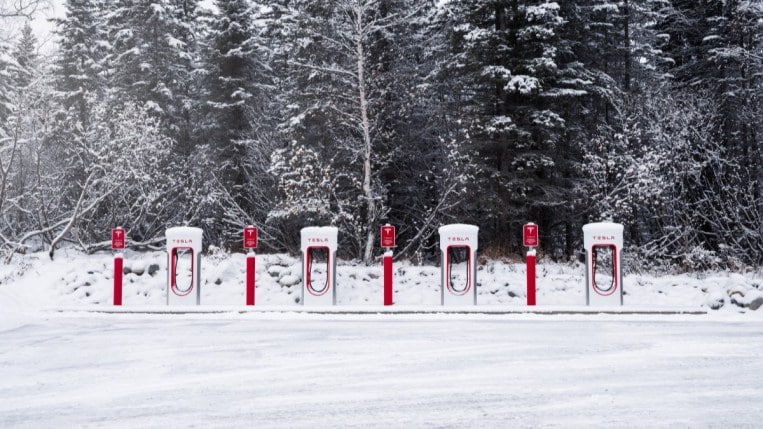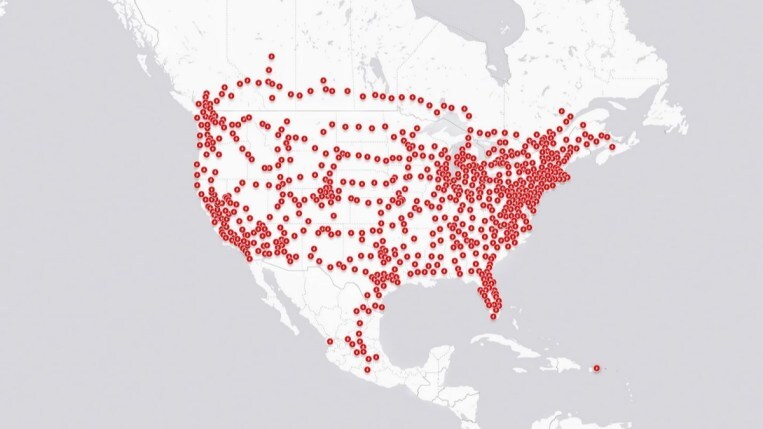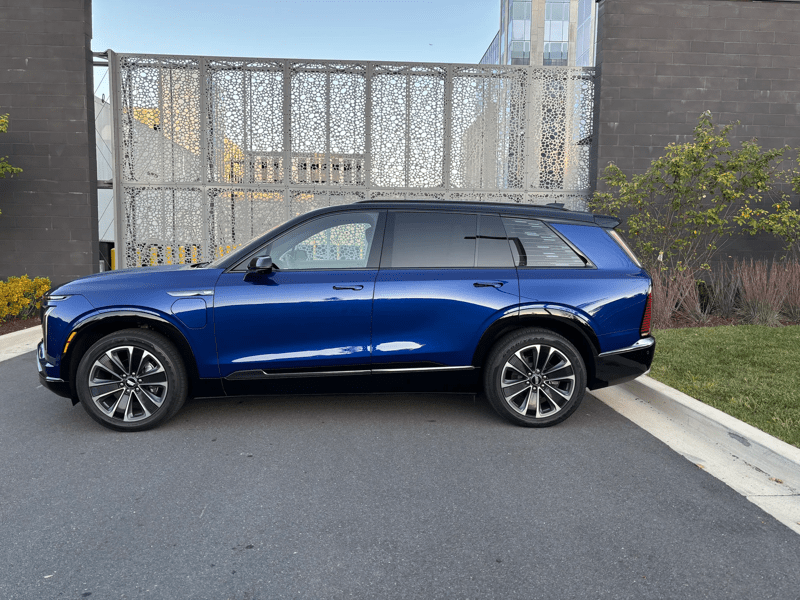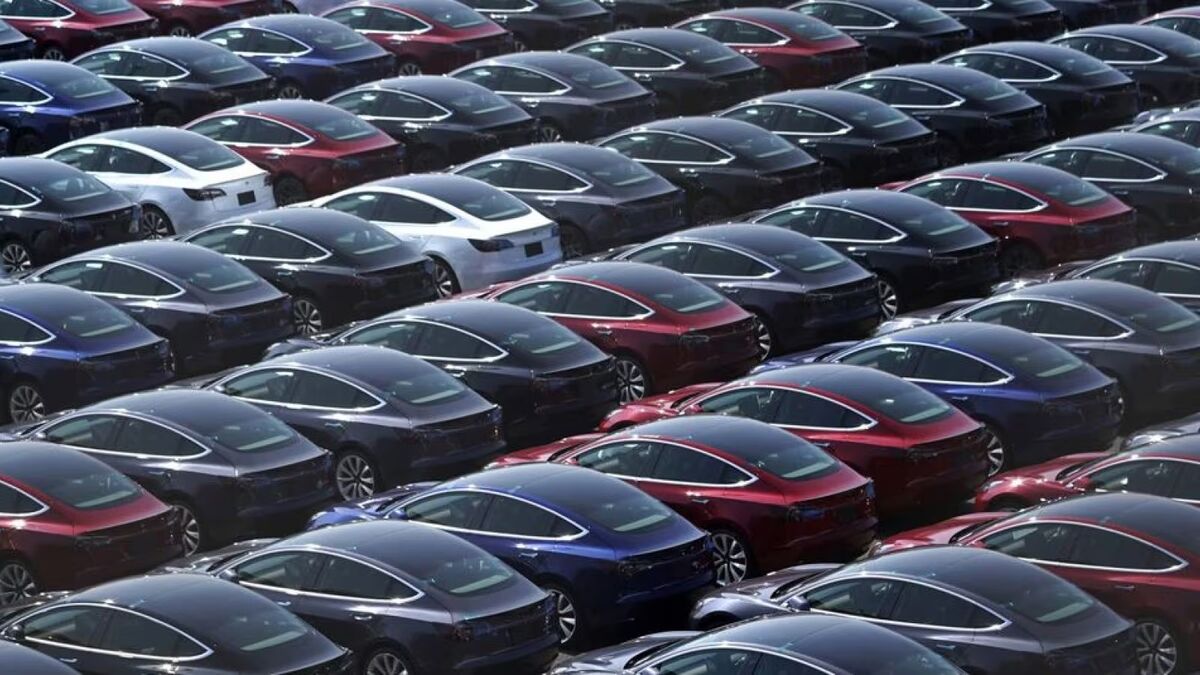
Round Electricity Holes, Square Electricity Pegs
Imagine that different car brands built the hole you insert a gas pump into in different shapes. Imagine that each gas station had nozzles to fit into one or two brands, but no gas station had them all.
The gas every station pumped would work in your car. But you couldn’t fill up at any station. You’d have to learn which stations in your town had a triangular nozzle to fit your car’s triangular port and which ones had just circles or squares that wouldn’t work for you. Driving in a new area would mean researching where you could fill up, or guessing and often being wrong.
That’s how EV charging stations work right now.
Related: Everything You Need to Know About EV Charging Stations
It’s the same electricity everywhere. But different brands use different charging ports. Public charging stations fit some, but not all.
The analogy falls apart slightly when you remember that most EV charging is done at home. EV owners can reliably fill up at home, while we assume no one reading this has a gas pump at their house or apartment. Most EVs have at least 200 miles of range, and the average American drives 29.2 miles daily (according to AAA’s latest study). So most EV owners don’t use a public charger unless they’re on a road trip.
But when they are, EV owners have to use apps and careful planning to find not just charging stations, but charging stations that will work with their car.
That may get slightly better soon.
Tesla Is Probably The Biggest Domino to Fall
No government agency or watchdog group tracks which company operates America’s largest EV charger network. But Tesla may have the lead.
Tesla claims its Supercharger network has more than 35,000 charging stations. They’re located at highway rest stops, grocery stores, and anywhere else Tesla can get the right to put one. They’re found in every state (though if you live in Alaska and drive a Tesla, you’d best not get far from Soldotna).
Tesla isn’t the clear title-holder. ChargePoint claims “the world’s largest” EV charging network. Electrify America claims to have “the largest open ultra-fast electric vehicle charging network in North America.”
But Tesla is a big domino. And Tesla chargers can charge only Tesla cars.
Related: Can I Use Any Charger System With My EV?
Tesla gives owners of its cars adapters that let them use other stations but doesn’t place adapters at its chargers that let drivers of other car brands use those.
White House Claims It’s Changing
The White House, however, says Tesla is opening its network to other cars. Installing adapters for every type of gas tank nozzle, if you will.
In a fact sheet on White House efforts to make EV charging more accessible, the Biden administration claims, “Later this year, Tesla will begin production of new Supercharger equipment that will enable non-Tesla EV drivers in North America to use Tesla Superchargers.”
We’ve Heard This Before
It’s not the first time we’ve heard this. About a year ago, Tesla CEO Elon Musk tweeted that the company would open the Supercharger network to other EVs by the end of 2021.
They didn’t.
Normally, this is the point in the article where we’d tell you we’ve reached out to Tesla for clarification. But Tesla no longer operates a public relations department and doesn’t answer reporters’ questions. We’re left following Musk’s Twitter account and waiting for his calls with investors to learn about the company’s plans.
Related: EV Charger Buying Guide
He hasn’t mentioned a plan to open the charging network since last July. So we have no idea what new information the White House might have, and we can’t get anyone at Tesla to verify it.
We should also note that “begin production of equipment” doesn’t mean much. If Tesla has made the country a promise, it could satisfy it by producing a prototype of an adapter and stopping there.
But the White House announcement raises a growing issue.
That adapter problem? It’s a stupid problem to have, isn’t it?
The European Union recently established a directive that all smartphones must use the same charging port by the autumn of 2024. Makes you think.
EVs are a relatively new technology.
The car was invented, most agree, in 1886. The gas pump? 1911. In between, car owners would draw fuel from huge tanks into separate containers they carried with them, then pour that into the car’s fuel tank like you refill your windshield wiper fluid.
Let’s hope we’re in the EV equivalent of that era, and this all makes more sense in a few years.








